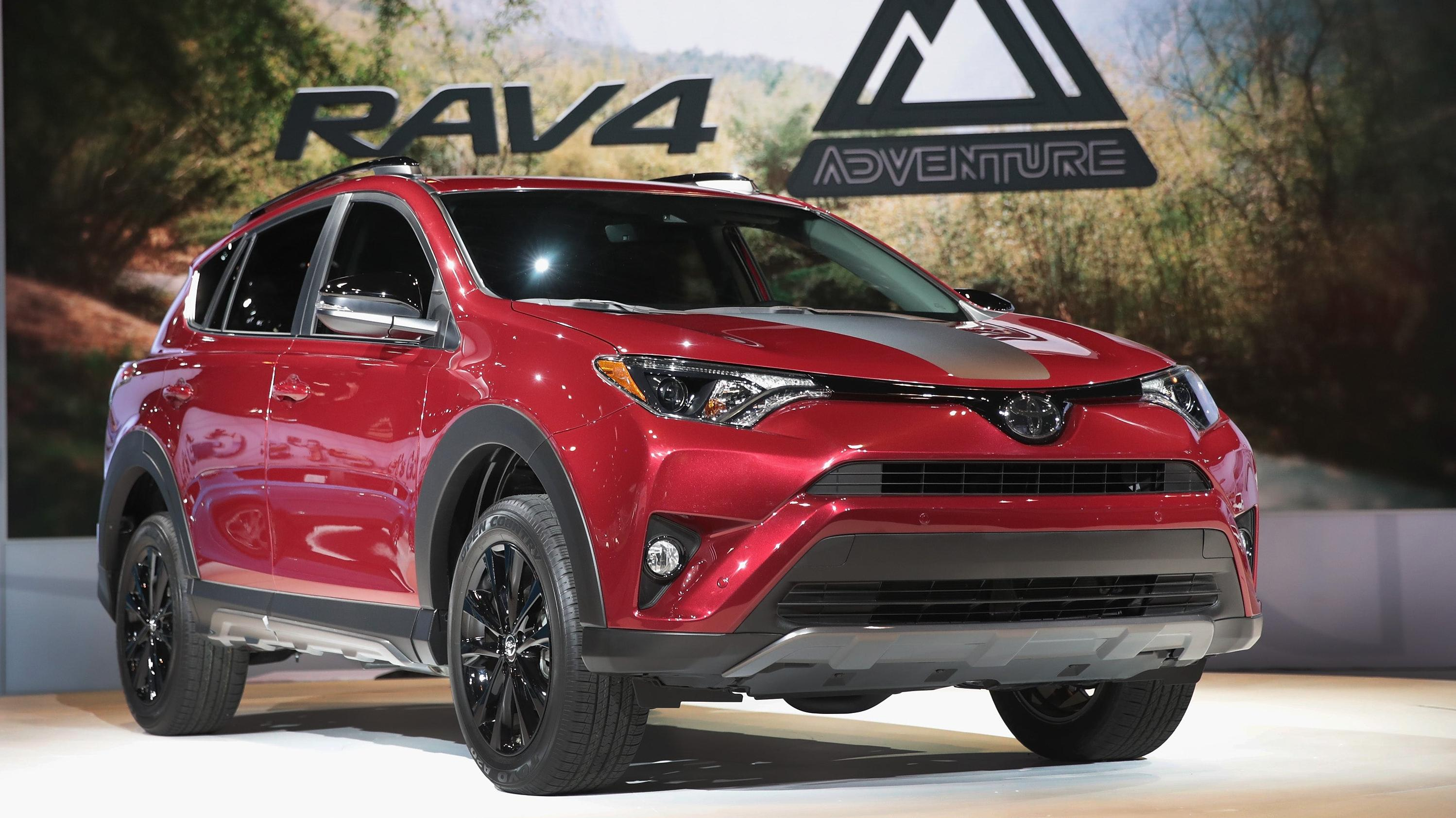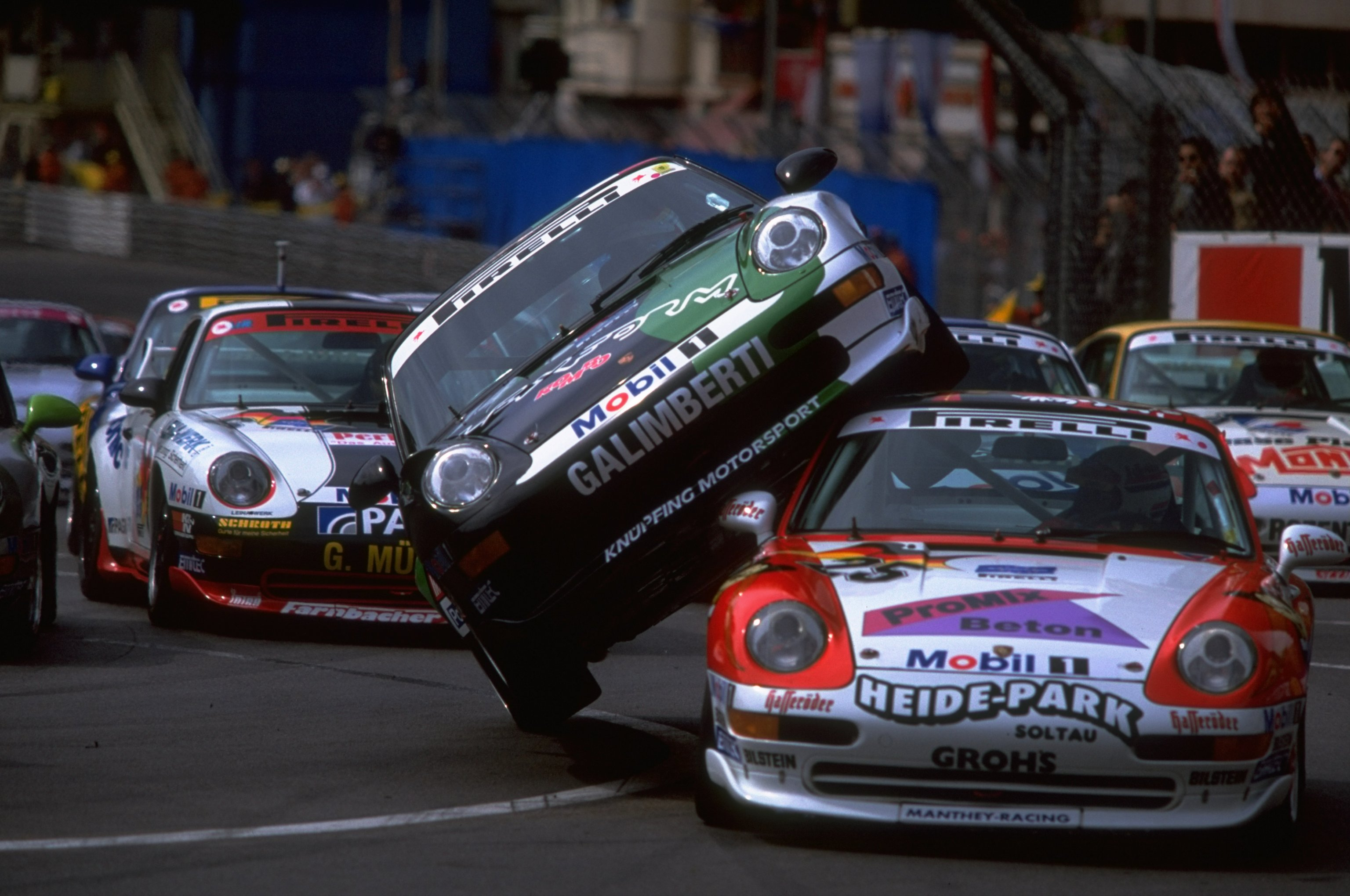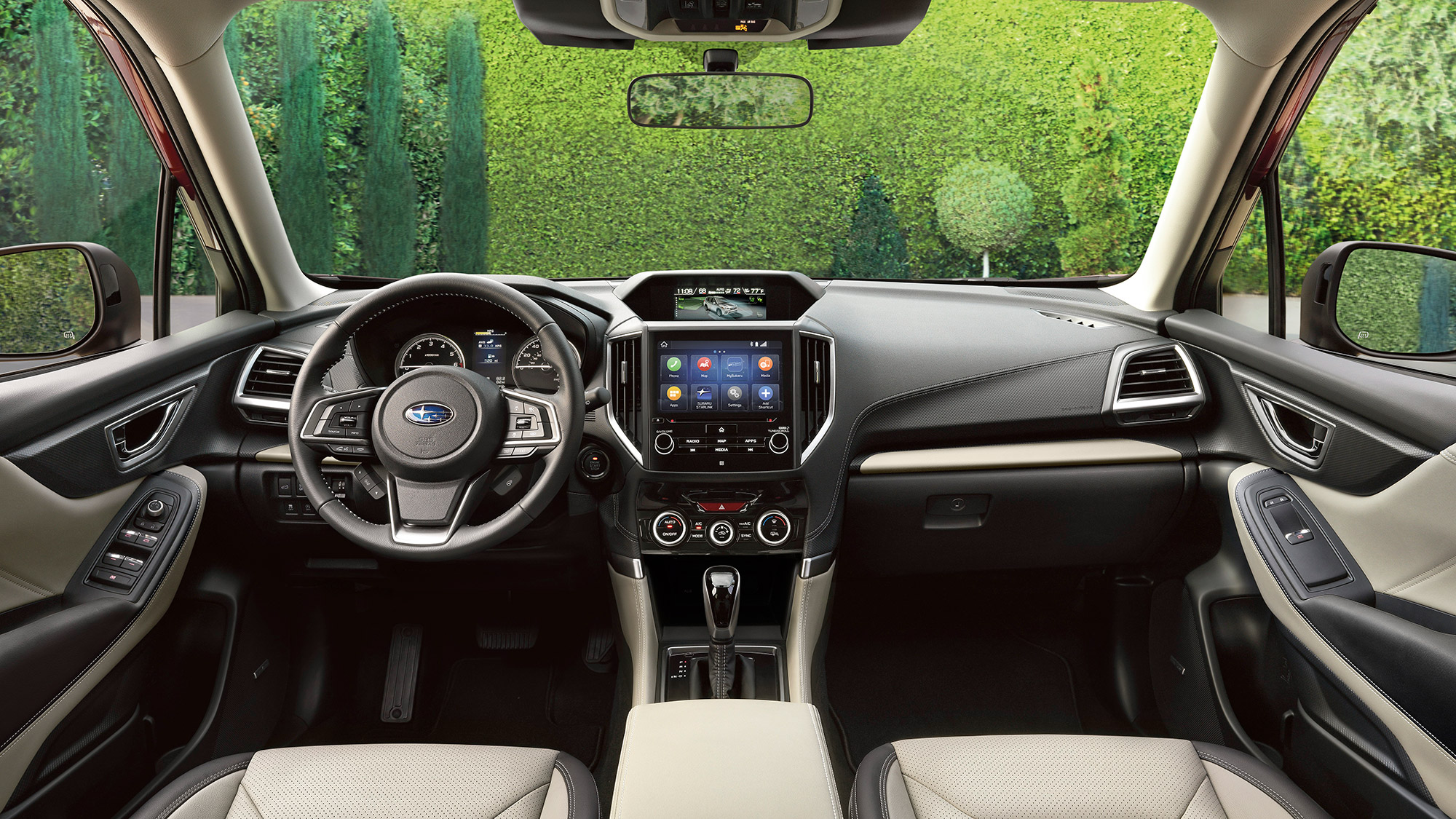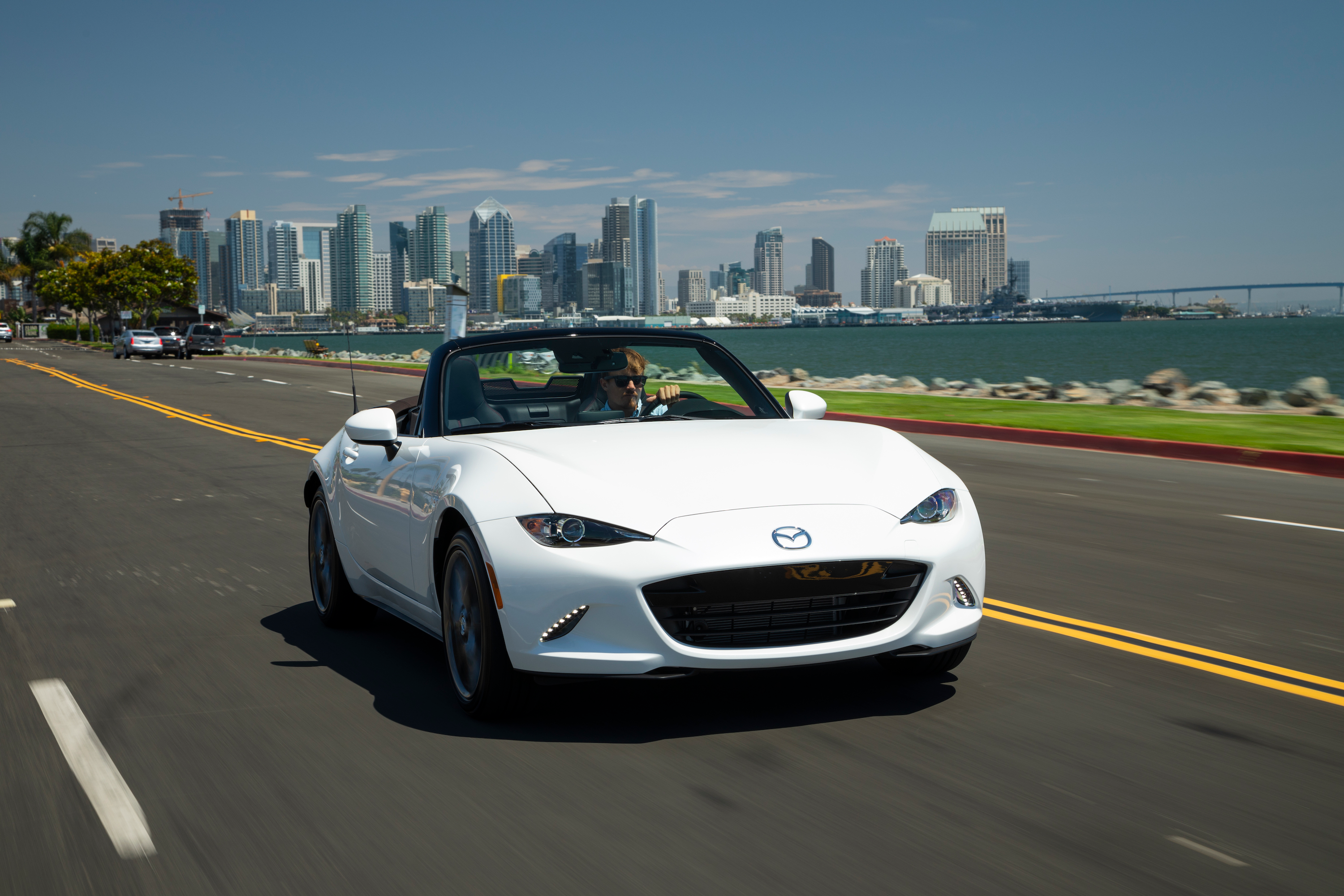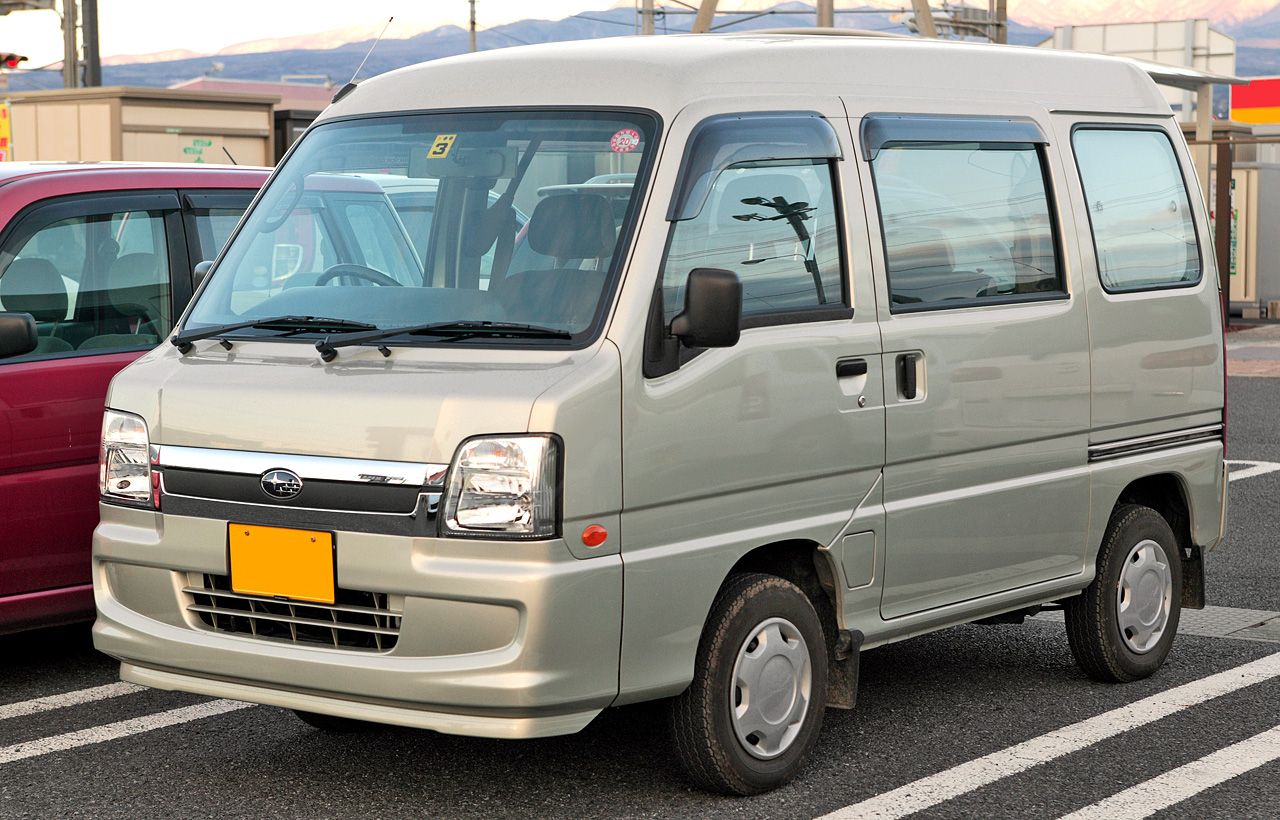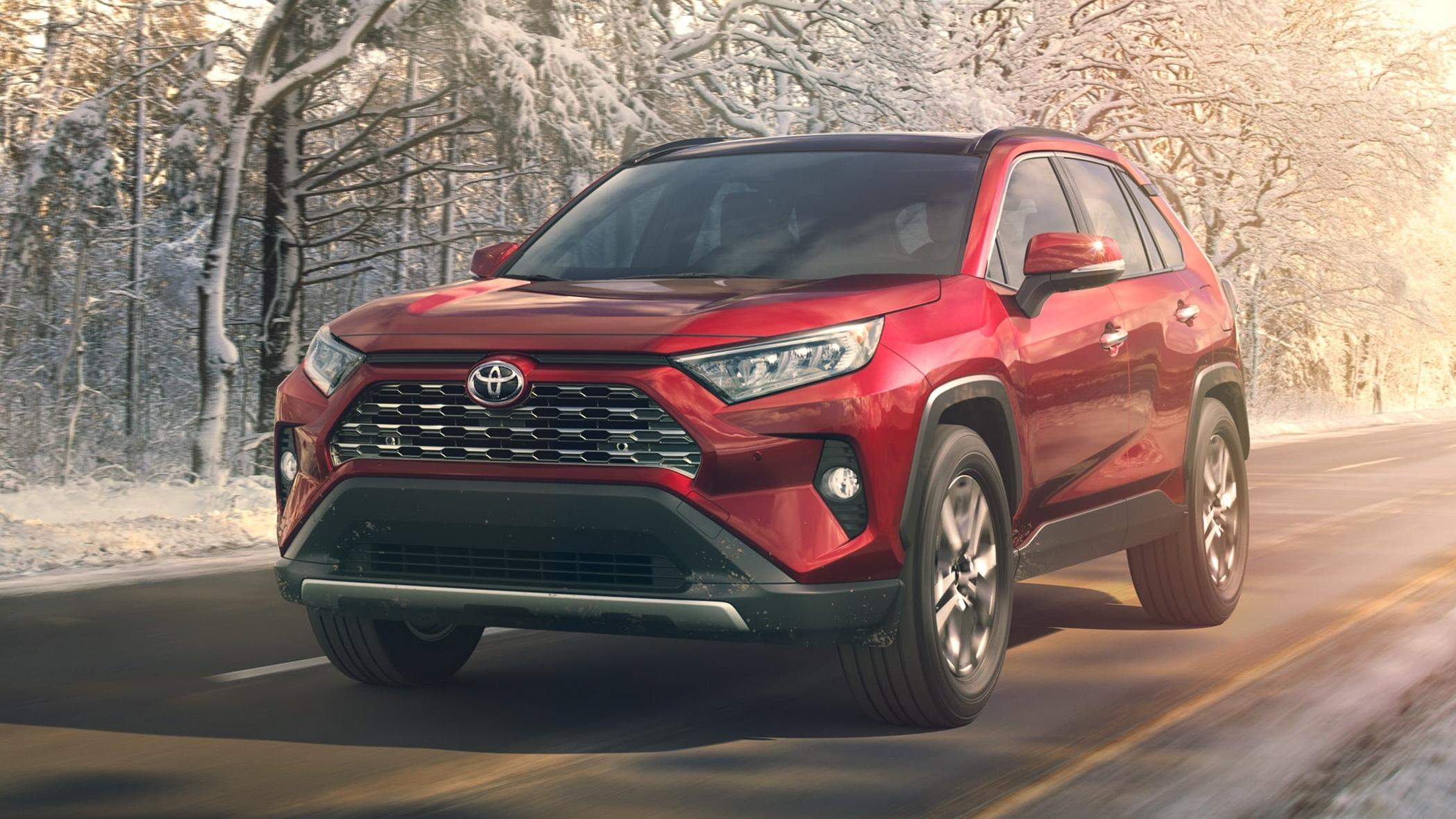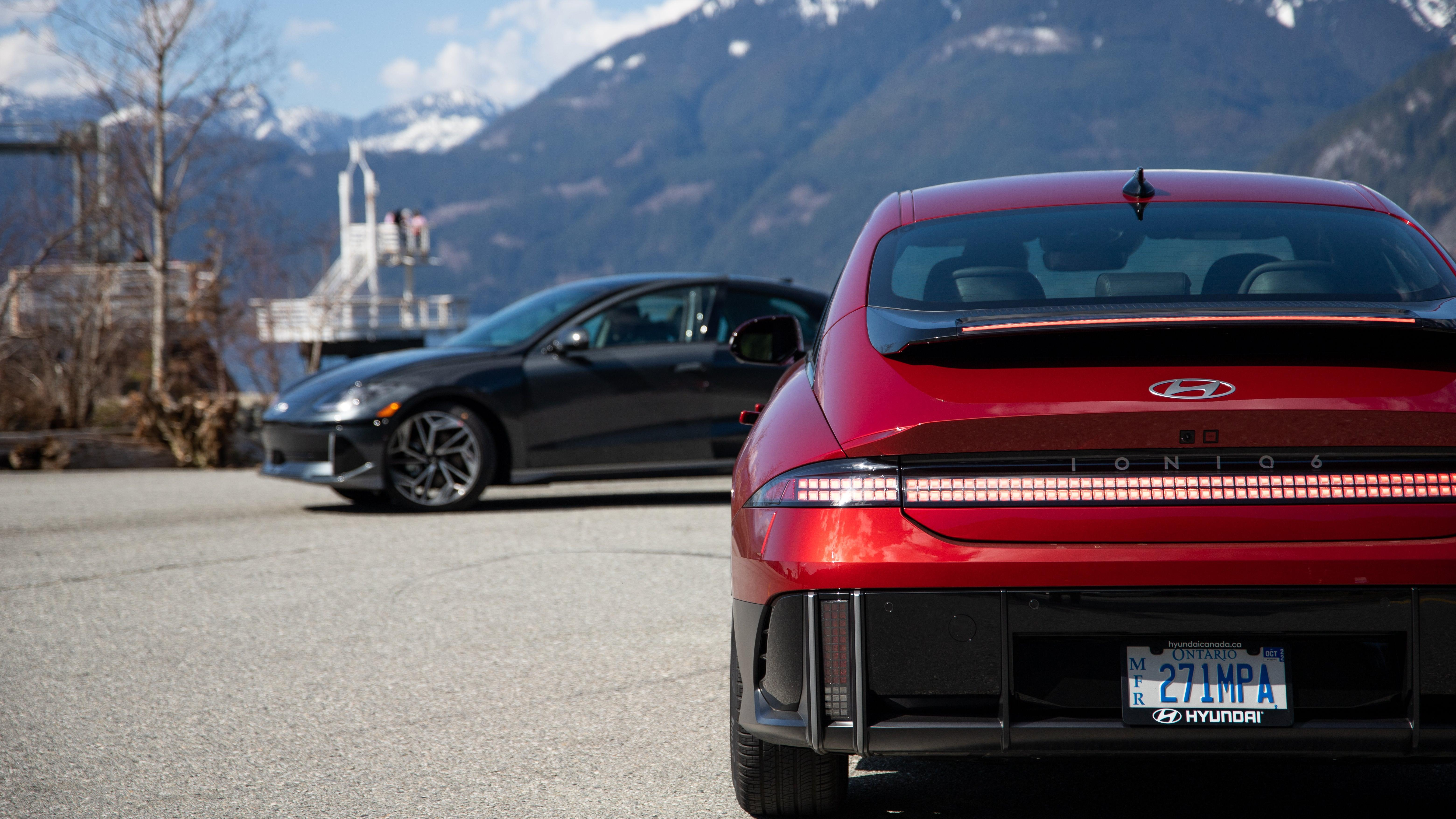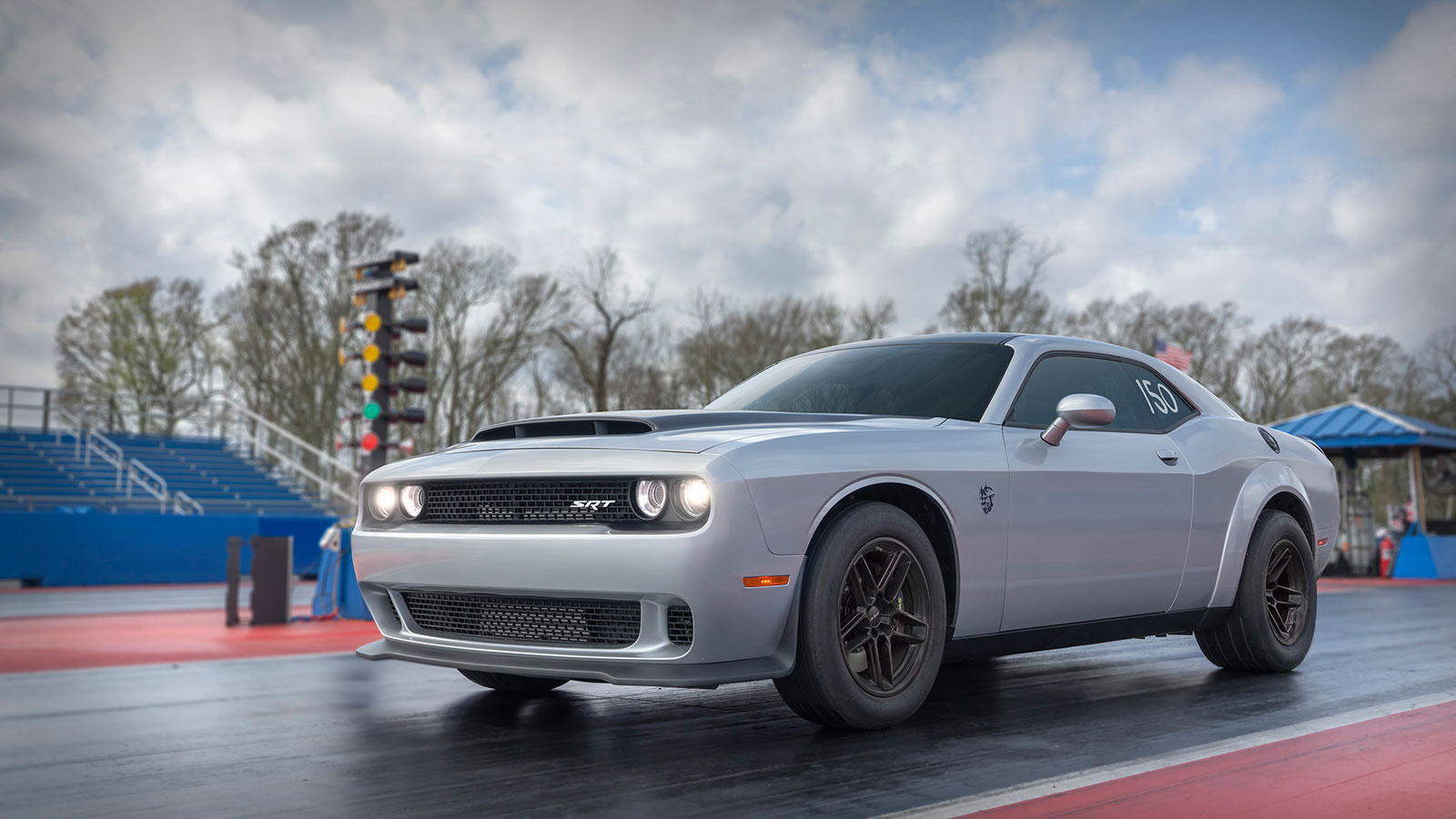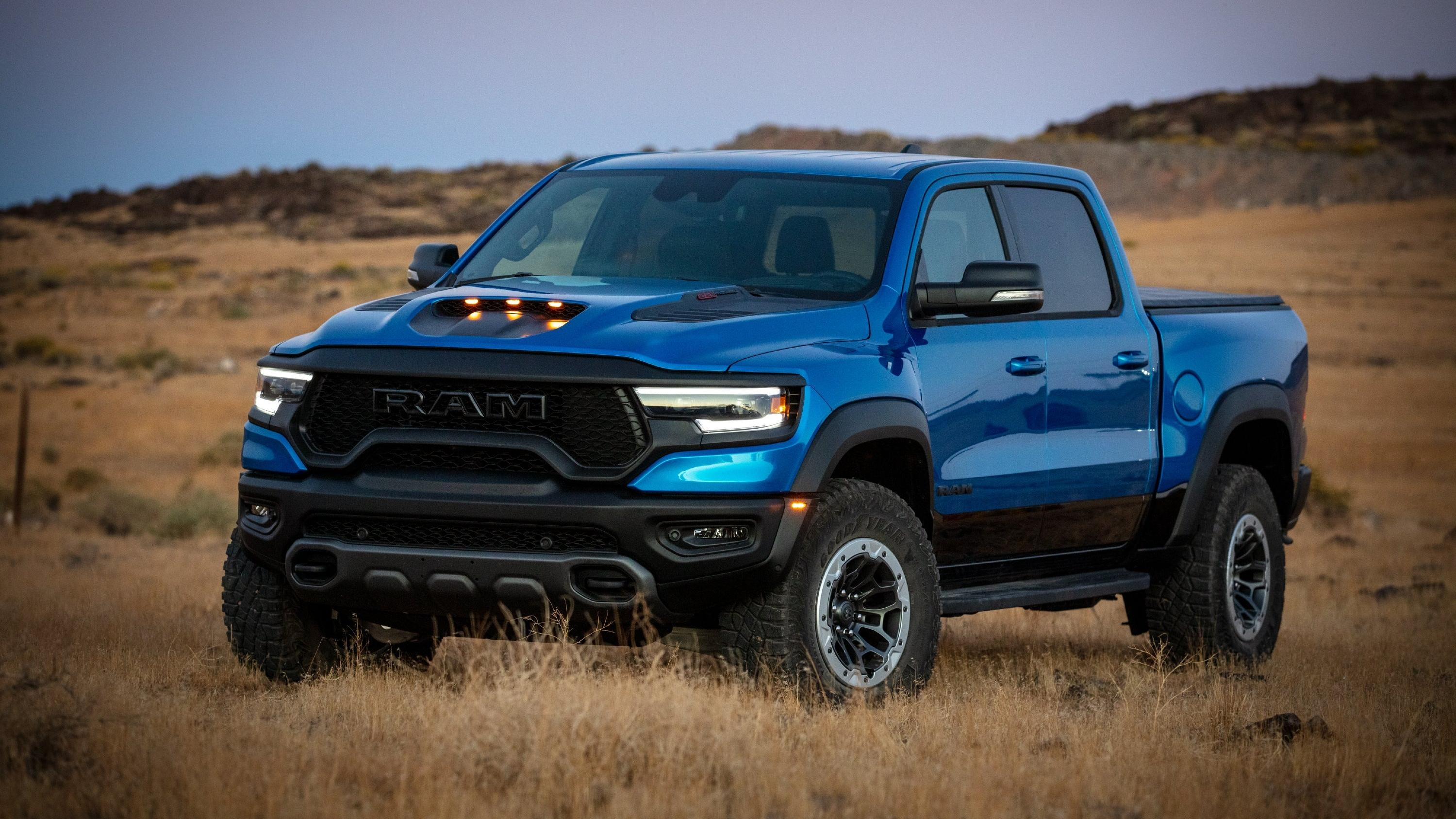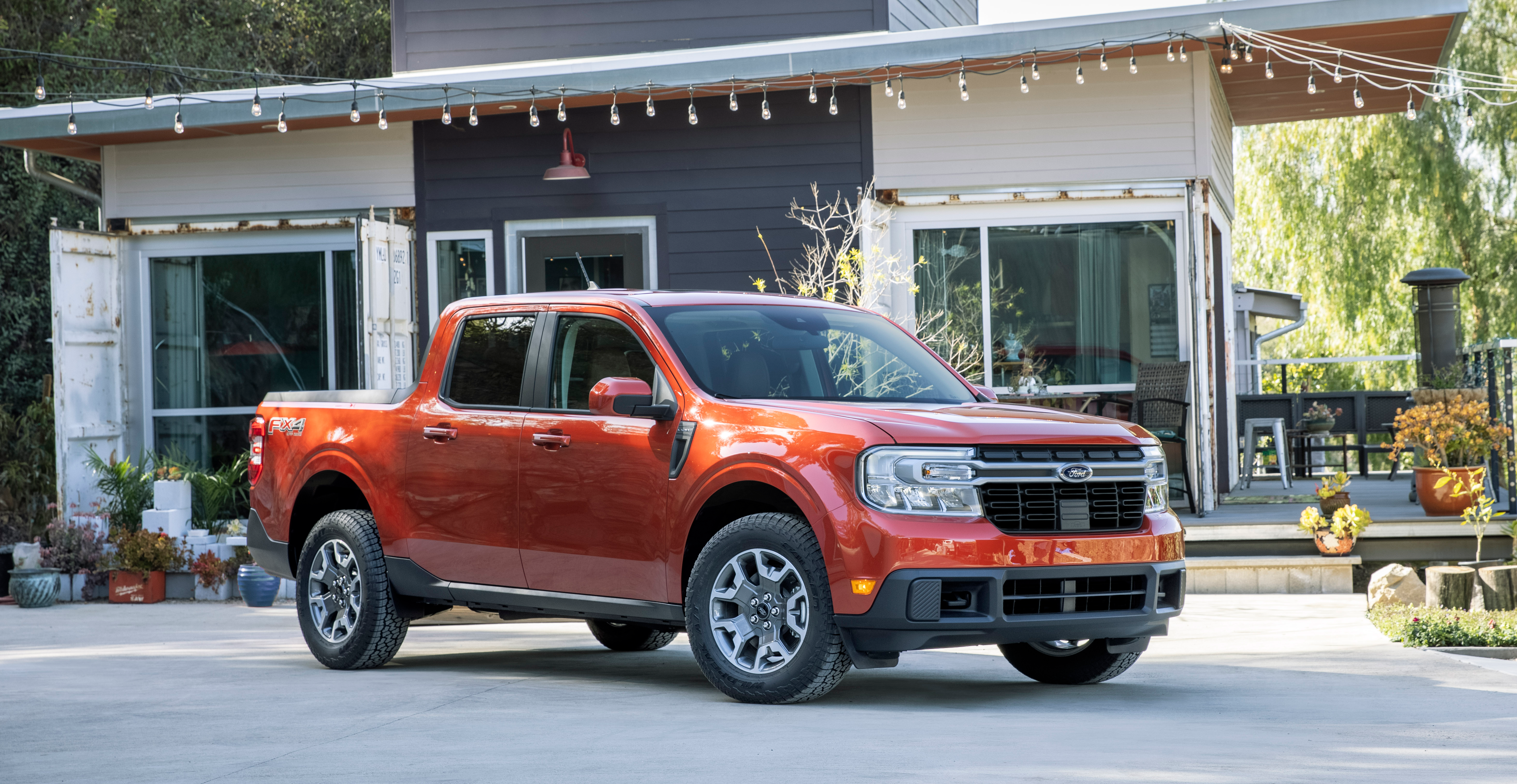Jalopnik Just Doesn't Get The Hype Around These Popular Cars
This slideshow singlehandedly caused more division amongst the Jalopnik staff than any other.
No two humans in the world share the exact same tastes and interests, and us car enthusiasts are no exception. The muscle car crowd probably isn't going to understand the Japanese import fans. Big truck devotees probably each have a different idea of what makes the best big truck. Today, the staff of Jalopnik is going to reveal some of our tastes. We're going to talk about the vehicles whose hype we just don't get.
This isn't meant to yuck anyone's yum; in fact, there's probably a dang good chance you dislike something that one of us on the staff absolutely adores — and there's also a good chance that for every Porsche hater on the staff comes a Porsche admirer to balance the universe. Sometimes, though, it's just good to air your grievances and let them be known.
Elizabeth Blackstock: Porsches, Generally
I am aware that you are all readying your torches and pitchforks. I respect it. I accept it. But I will just never understand the hype around Porsche.
As an automotive brand, it's fine. It has made good cars that are fast, neat, and enjoyable to drive. But would I go into debt to buy my dream Porsche? Would I sell an organ for one? Would I import one, or fly across the country to buy one and drive it home? I would not, because I think Porsches are fine, but that's about all. I'm sure people would also look at me and wonder why I would be willing to lay my entire life on the line for my shitty Mazda2; my brain simply cannot understand the Porsche hype.
Adam Ismail: Subarus, Generally
I know we Americans fancy ourselves an adventurous sort. The kind of people insatiably compelled to broadly project a sense of preparedness at all times. A people ready to drop everything and "rough it," as it were, at a moment's notice, regardless of whether the situation does or does not call for roughing. And for those who live by these ideals but harbor no intention to actually act on them, there is a car company: Subaru.
Look, there's nothing wrong with driving a car that looks tough but isn't. Beyond that though, what exactly does Subaru have going for it? Anemic, antiquated and thirsty engines, inescapable CVTs, attention-starved exteriors, and — the worst offender — terrible interiors, fraught with chunky hard plastics, decade-past aesthetics and infotainment systems designed with all the ergonomic forethought that goes into welding an iPad Air to a dashboard. OK, so it has all-wheel drive? Cool, so does everything else in 2023. The company lost the plot entirely with the new WRX, and although I give it props for the BRZ, you can get that little scamp with a different badge and a much better looking face.
Kyle Hyatt: Miatas
Look, I realize that people are going to collectively lose their shit over me saying this, but I just don't get the wild, undying love that people have for Miatas. I don't think they're bad — even if I barely fit in them and never with the roof up — I just don't think they're worth the hype, especially at the price that new ones sell for.
Don't get me wrong, I feel this way about all generations of Miata, it's not just an ND thing, and before you say that I should drive this NB with these modifications or this NA set up as a track car or whatever, I kind of don't care. If you have to do that many things to them to make them great, then just buy something else.
The one exception to this rule of mine is the 2014 Mazda MX-5 Super20 which has an awesome body, a ripper of a Flyin' Miata nee Cosworth supercharger, Enkei RPF1s with sticky tires and a Racing Beat exhaust. Mazda still has it in their vault, and I am planning to start ruthlessly annoying them until they let me drive it.
Andy Kalmowitz: Kei Cars
Put simply, Kei cars stink for the United States. Sure they make sense in their home markets, but not here. They're too small, too unsafe, too slow and have the steering wheel on the wrong side. If you want to have your chest caved in by your kneecaps because of a fender bender, live your truth. That's just not for me. Maybe I just don't want to be the crumple zone.
I guess they are neat... sort of. I don't know. I just do not understand why you'd want something like this here in America where our lanes and parking spots are big enough for, you know, normal cars. I live in the one place in this entire country where Kei cars might make sense, and I still wouldn't want one.
Feel free to rip me in the comments, call me a hater or an anti-weeb. You will not bring me down, because I know I am right about this. You only think you like Kei cars because the people you follow on Twitter like Kei cars. Do not be fooled into buying one of these rolling coffins.
Steve DaSilva: Anything Bigger Than a Kei Car
Look, if Andy's gonna directly call me out in a slideshow, I'm gonna respond. Novelty oversized vehicles are a menace, a danger, and have no business on normal roads. Kei cars, however, actually make sense in a world where humans coexist with vehicles—not just one where vehicles reign supreme.
Andy says kei cars are "too small, too unsafe, too slow and have the steering wheel on the wrong side." Let's delve into each one of these.
"Too small," presumably, refers to the fact that you can't haul stuff in them like a pickup truck. As someone who has actually hauled and towed plenty of things with pickup trucks, I understand that their capacity is sometimes entirely necessary — a 25-foot trailer is simply too much for a Sambar to pull. But unless you're a contractor or landscaper, the actual opportunities to carry a full pickup bed load are vanishingly few. This is why God made UHaul rentals, for the one time every year that you need to move furniture.
"Too unsafe" likely refers to 25-year-old kei cars, the kind you'll see imported to the states under our absurd laws. I will concede that 25-year-old cars are less safe than new ones, but I won't concede that kei cars are less safe on the whole. Neither will studies done on the topic, which compared frontal crash safety between kei cars and "normal" competitors, and found the smaller vehicles to have a commensurate level of safety.
"Too slow" is another fun one. Any modern kei car is capable of reasonable highway speeds. How fast are you all going on the highway? A Daihatsu HiJet probably won't do the ton, sure, but would you want to?
"Having the steering wheel on the wrong side," sure. But they wouldn't, if kei cars were shipped to the U.S. by automakers, built for this market. This is a simple supply chain issue.
Kei cars are efficient, practical transportation. For most people, driving alone to work, they're a better use of space and hydrocarbons than any F-Series or Silverado. The American obsession with bigger and bigger vehicles keeps killing people, and if we won't invest in public transit we should at least be able to get kei cars.
Collin Woodard: Toyota RAV4
If this was going to be another "crossovers are dumb" rant about how you should buy a hatchback or wagon instead, I'd hope my editors would tell me to go back and try again. There are good reasons why compact crossovers are so popular. They're easy to get in and out of, spacious, practical and more fuel efficient than sedans were even a decade ago. Do I have any interest in owning one? Not at all. But do I get why people buy them? Absolutely.
What I don't get about the RAV4 is how anyone could drive a Honda CR-V and still pick the Toyota. It's certainly not bad by any means, and I totally get that once the pandemic hit, you kind of had to take what you could get. But I've driven both, and at a previous job literally wrote the comparison test after driving each one hundreds of miles. The CR-V is just objectively better. It drives better, has a more refined engine, handles better, and offers better storage.
Take the doors, for instance. While the CR-V's doors essentially open a full 90 degrees, the RAV4's don't. So if you're trying to do normal compact crossover things such as install a car seat, the CR-V makes it easier. Toyota could have done the same thing with the RAV4's doors, but it didn't bother.
Once you move up to the hybrid models, the RAV4 starts to make a little more sense since Honda's been slow to hybridize its lineup. But as good as the RAV4 is, it's just not CR-V good, and I will die on this hill.
José Rodríguez Jr.: All the Hyundai Hype
I don't get the hype behind Hyundai's and Kia's designs. I know, I know. It's sacrilege! I just can't help but feel nonplussed when I'm among car enthusiasts or colleagues and a new design from the South Korean brand wows everyone. I'm usually just left pacing on the outside of the crowd fawning over the "avant-garde" styling of anything from Hyundai or Kia. Ditto the Genesis brand.
To my eyes, their production models and concepts vacillate between trying too hard, and hiding a completely unremarkable car behind a gimmick — like LED headlights that only remind me of a catfish out of water, silently gasping for air.
I guess it just ends up feeling gaudy to me. Now, I have only driven Hyundai's rather pedestrian full-size sedan, the Sonata, so can't speak much to the overall driving experience. I suppose a (discontinued) Veloster would be a better barometer for a hatch lover like me, but I came away from the Sonata thinking, "Meh. It's a car, I guess." I found little reason to pick the Sonata over an Accord or Camry.
I admit I always saw the South Korean carmakers sitting below the Japanese on some hierarchy of global brands. And I appreciate the strides Hyundai and Kia have made to reach their rivals, but I can't shake that sense of "Meh." I do like the new Elantra N quite a bit. Maybe that Hyundai can finally change my mind.
Owen Bellwood: Dodge Demon
Honestly, this feels a little sacrilegious, but I really don't get the point of Dodge's new baby.
The Demon 170 is billed as the biggest, the baddest and the lastest Dodge Challenger that you'll be able to buy in the U.S., before the company makes way for its EV future and the government clamps down and stops companies making ridiculous cars like this. Because, let's be honest, it's an utterly ridiculous car.
Yes its speed is impressive, to some extent, and launching one on the drag strip would probably be fun. But the people buying it aren't going to do that, they're going to look at it and maybe drive it to a car show once in a while. And, if you're just looking at it, you might as well have literally any other Challenger from the past 15 years, they all look the same.
What's more, it's just quick because it's got a massive engine that kicks out four-figure-horsepower. And isn't that something we're all a bit over, thanks to the ridiculous power output from EVs today? Stick a hybrid in it and prove that you can have fun in a car with a turbocharged V6, that would have been a far more interesting way to show off what gas power can do in 2023. But, to me, the Dodge Demon 170 just seems a little outdated and a little out of touch with the current state of the world.
Ryan Erik King: Performance Pickups
Sure, there are plenty of other gripes against modern pickup trucks. Their enormous size makes them a danger to everything and everyone in the immediate vicinity. The relatively small beds on current pickup trucks compromise the utility as a working vehicle. However, we have to talk about the performance pickup trucks that automakers are producing.
Performance pickups are all looks and off-roading ability. Trucks like the Ford F-150 Raptor and the Ram TRX seem as far removed for the intended purpose of a pickup as a NASCAR Craftsman Truck Series truck. If you are just craving to have fun off-road, the pickup bed is a vestigial dead space. You would probably be better off buying a Porsche 911 Dakar or a Ford Mustang Raptor when it's available for purchase in a few years.
Lawrence Hodge: Ford Maverick
Wait lists. Ordering sight unseen. Paying over sticker. These are the things buyers were willing to go through to get their hands on what was supposed to be a new era of cheap, small truck from the number one truck maker in the country, Ford. Personally though I just don't get the appeal of the Ford Maverick.
The styling is too cute and strange looking; that interior isn't much better. The base trim is spartan as hell; the bed is too short to do anything useful – something defenders of the Maverick knock its Hyundai Santa Cruz competitor for. At its core, its pretty much a front wheel drive car with an open trunk.
More than those faults though, the Maverick is now the cheapest vehicle you can buy at Ford. The company really stopped making small cars and expected those same buyers to come and put down cash for a Maverick. Its cheap and cutesy styling reinforced what Ford was trying to do: win over urban dwellers who might go for a Civic or Corolla. Even the promotional pictures Ford released for the Maverick showed it sitting outside of hipster looking apartment buildings and parallel parking with ease. But the reality is that while this is a unibody front wheel drive based pickup, that doesn't mean small: it's nearly two feet longer than the old Focus hatch its supposed to replace.
Dealers make it worse because of course they do. What was supposed to be a cheap pickup is sitting at F-150 pricing at dealers across the country due to markups. But honestly, people just want small, cheap transportation. The majority of those people don't want or need a pickup for that purpose. And trying to convince those same buyers that they should get a "small" truck for that purpose because you won't make a decent small car because you keep shoving crossovers down everyones throats isn't it.
